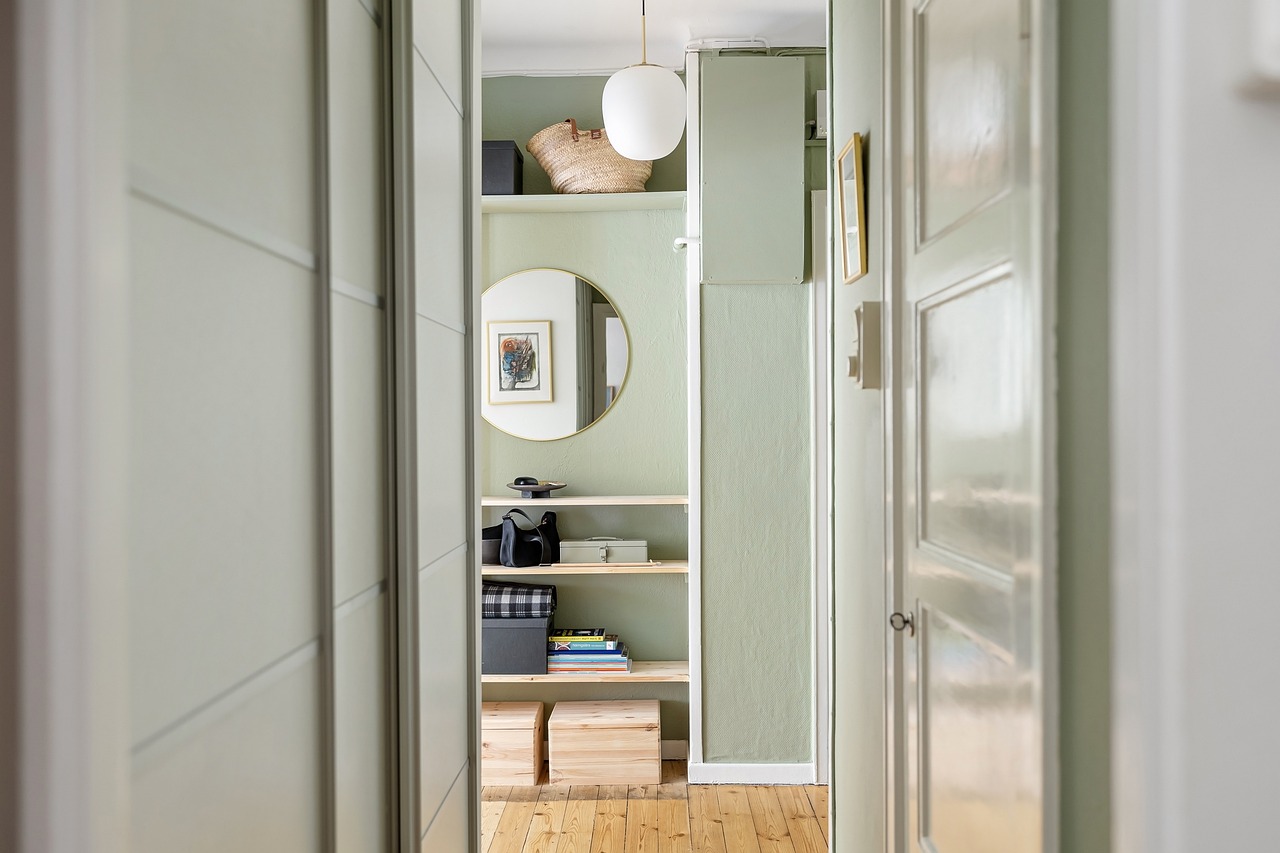How to Design an Accessible Home for Aging in Place
As individuals age, their needs and abilities change, requiring modifications to their living environment to ensure safety and independence. A key aspect of creating a safe environment for aging in place is to assess the home for potential hazards that could pose risks to older individuals. This includes addressing issues such as slippery floors, uneven surfaces, poor lighting, and inaccessible spaces that can lead to falls and accidents.
In addition to addressing physical hazards, it is important to consider the emotional and mental well-being of aging individuals when creating a safe environment for them. Ensuring that the home is comfortable, welcoming, and conducive to social interaction can have a positive impact on their overall health and happiness. Simple modifications such as comfortable seating, adequate lighting, and easy accessibility to everyday items can make a significant difference in promoting a sense of security and well-being for aging individuals.
Understanding the Needs of Aging Individuals
As individuals age, their needs and requirements often change, necessitating a thorough understanding from caregivers and loved ones. Physical health concerns may arise, such as decreased mobility, chronic health conditions, and a greater need for medical assistance. It’s crucial to adapt living environments to accommodate these physical changes, ensuring safety and comfort for aging individuals.
In addition to physical health, mental and emotional well-being are also essential components to consider when addressing the needs of aging individuals. Cognitive abilities may decline with age, leading to challenges in memory, decision-making, and overall mental sharpness. Providing emotional support, stimulating mental activities, and fostering social connections are all vital in promoting a positive mental state for aging individuals.
What are some common challenges that aging individuals may face?
Some common challenges that aging individuals may face include mobility issues, memory loss, social isolation, and chronic health conditions.
How can we create a safe environment for aging in place?
To create a safe environment for aging in place, it is important to make modifications to the home such as installing grab bars in the bathroom, removing tripping hazards, providing adequate lighting, and ensuring easy access to essential items.
What are some key needs of aging individuals that should be addressed?
Some key needs of aging individuals that should be addressed include access to healthcare services, social support, transportation options, and opportunities for engagement and recreation.
How can we better understand the needs of aging individuals?
To better understand the needs of aging individuals, it is important to listen to their concerns, involve them in decision-making processes, and seek feedback on the services and support they receive. It is also helpful to stay informed about the latest research and best practices in aging care.





